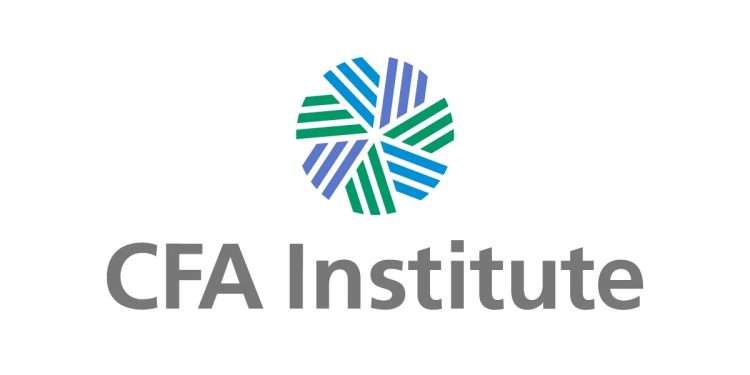Net Zero Investment Solutions
The CFA Institute Research & Policy Center releases a report on net zero investment solutions, aimed at analyzing net zero investment from solutions such as goals, risk management, benchmarks, incentives, and time horizons.
The CFA Institute believes that net zero investment requires reducing financial exposure to climate change risks, increasing investment in climate solutions, while not affecting investment returns. Both asset owners and asset managers need to understand how to implement net zero investment.
Related Post: CFA Institute Releases Report on Net Zero Investment and Fiduciary Duty

Net Zero Target and Climate Risk Management
The net zero target is the foundation of net zero investment, aimed at mitigating the systemic risks of climate change. The net zero target typically requires addressing multiple investment strategies to achieve specific investment returns and reduce climate risks. For asset owners, the net zero target should also be related to fiduciary responsibility, which has been extended to climate risk in Europe. A net zero investment that carefully considers climate risks can meet the fiduciary obligation.
Climate risk management is an important part of net zero investment, which can handle climate risks that traditional mean variance models cannot cope with. There is limited historical data on climate risk, making it difficult to predict its impact on investment portfolios. Asset owners can use indicators such as carbon emissions to measure climate risk and identify assets with material climate risk. Asset owners can also shift their investment portfolios towards climate benchmarks to accelerate the decarbonization process of their portfolios. Climate risk management can also seek new investment opportunities, which investors can obtain by investing in climate related solutions.
Net Zero Benchmark and Incentive Measures
Benchmarking is an important method for determining the success or failure of investment strategies. Existing market indices can measure the investment ability of asset managers, but cannot measure their progress in net zero. Therefore, using climate or decarbonization benchmarks can reflect net zero progress in the investment portfolio. Common climate benchmarks include the EU Paris aligned benchmark and the EU Carbon Transition benchmark, which have annual decarbonization targets and can be aligned with the most commonly used climate standards in the market.
In order to achieve the net zero target, the investment industry needs to provide appropriate incentives. The existing incentive measures focus on investment performance, reputation, and recognition with relatively low weights. The Global Impact Investing Network (GIIN) believes that asset owners can establish impact based compensation structures that consider both short-term and long-term performance in order to achieve decarbonization goals for their investment portfolios in the short, medium, and long term.
Net Zero Investment Time Horizons
Net zero investment usually focuses on whether long-term net zero goals can be achieved, such as net zero in investment portfolios by 2050. The current market performance evaluation period is relatively short, and asset owners usually evaluate the investment ability of asset managers within one to three years. Therefore, asset managers tend to seek short-term opportunities to improve investment performance. This may make it difficult to achieve the long-term net zero target and also make it difficult to actively manage the invested company due to the short holding time of assets.
To achieve net zero, asset owners can consider setting mid-term goals to quantify the progress of their investment portfolio over a period of three to five years, in order to balance net zero performance and financial performance. The International Investors Group on Climate Change (IIGCC) recommends setting a five-year goal in the Net Zero Investment Framework 2.0 implementation guidelines. The Net-Zero Asset Owner Alliance (NZAOA) requires its members to set carbon reduction targets for 2025 and 2030. Some net zero investments can increase the allocation of passive investments or private equity investments to achieve net zero over a longer investment period.
Reference:
Net-Zero Investing: Solutions for Benchmarks, Incentives, & Time Horizons
ESG Advertisements Contact:todayesg@gmail.com








